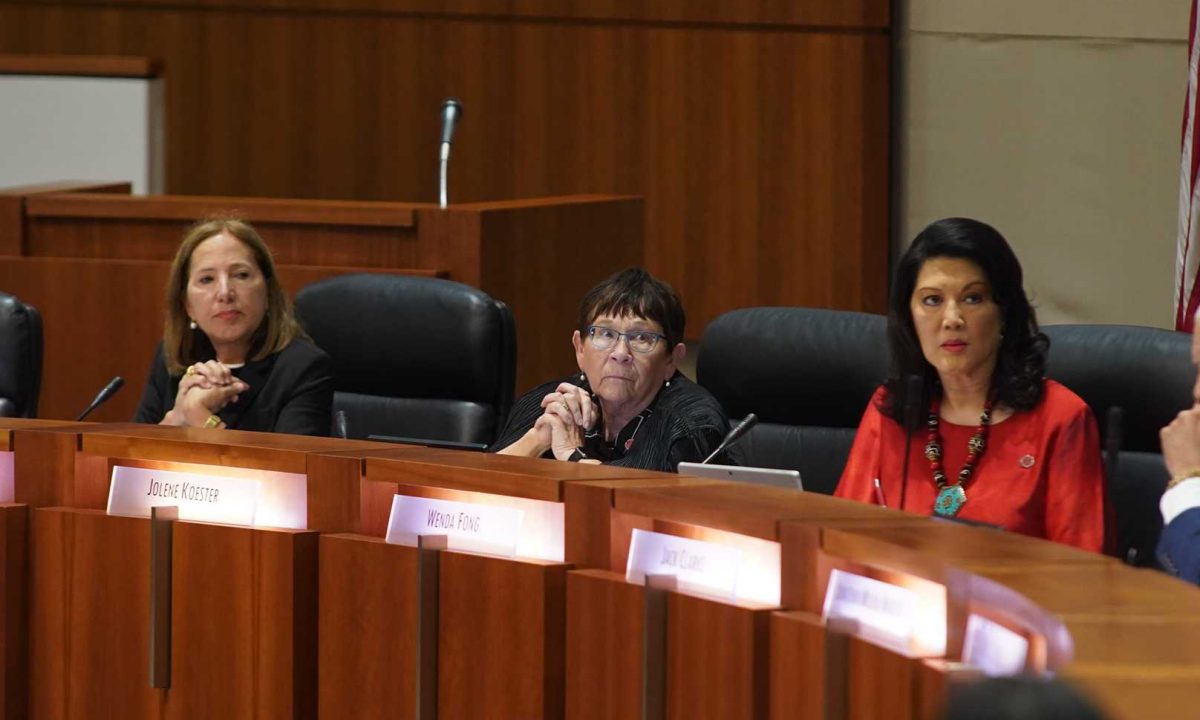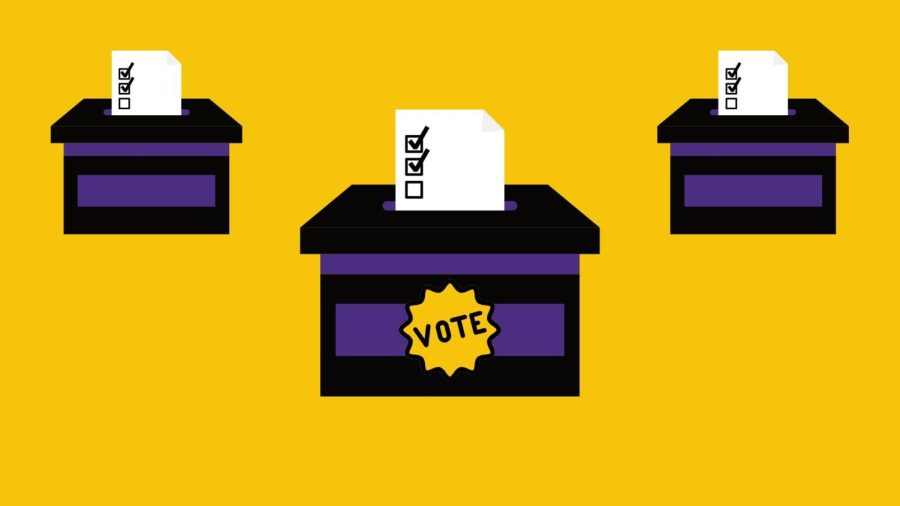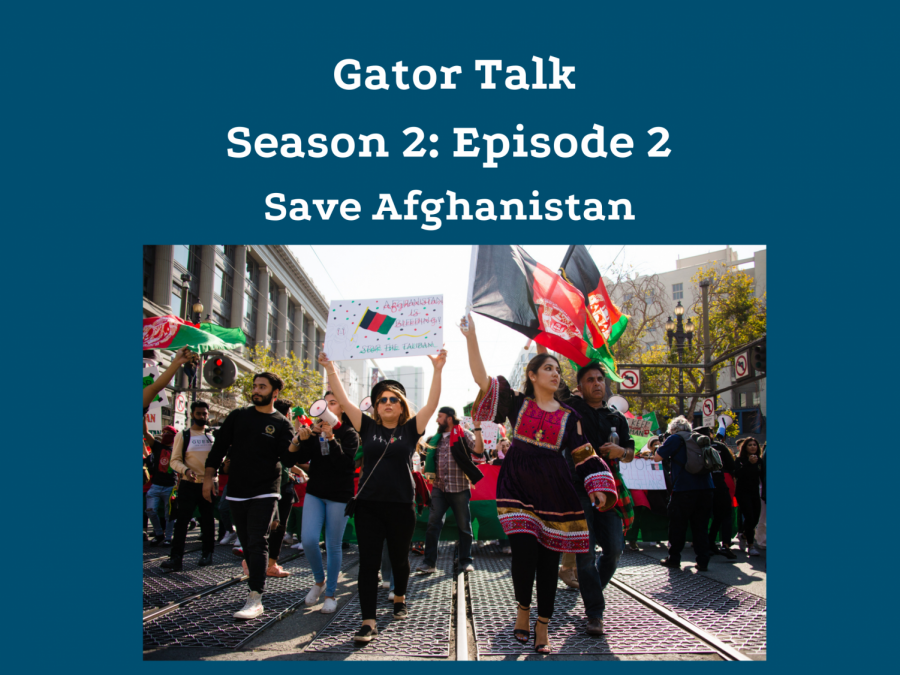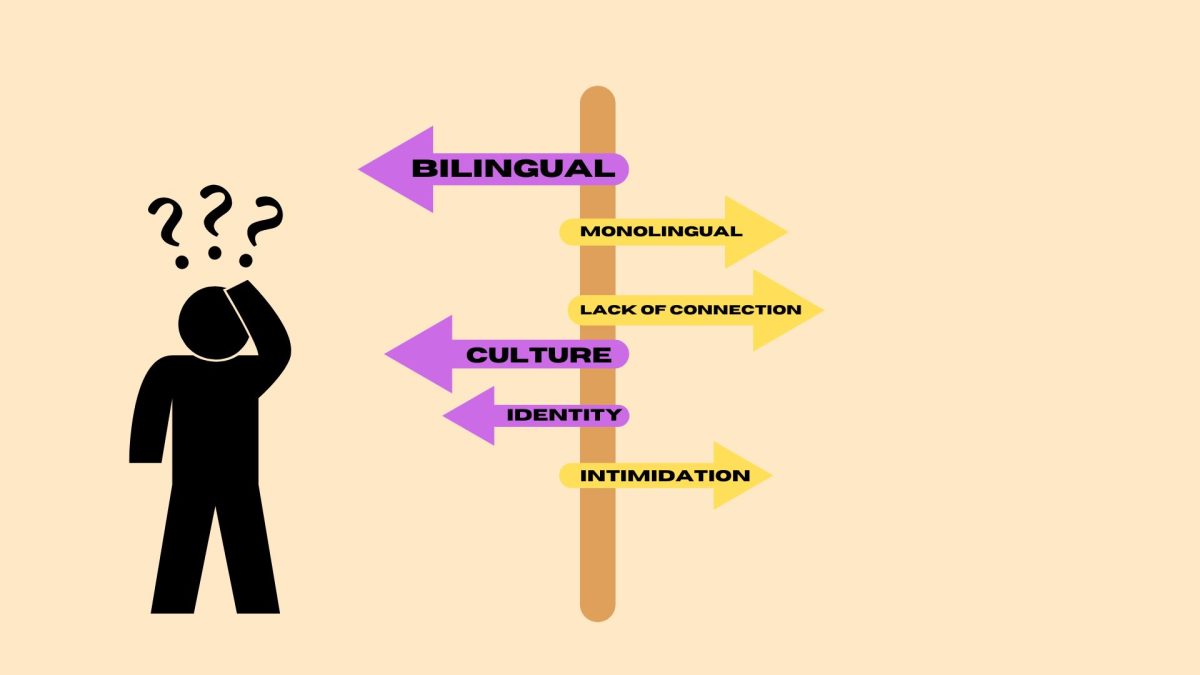K-Pop, also known as Korean Pop, is gaining popularity all over the world, including at SF State. The Student Exco features student-run classes, one of which is a K-Pop class that meets every Friday at 2 p.m.
“There’s a whole community behind it,” said Andrew La, a senior at SF State and president of the K-Pop club on campus, the UniversalK. “It’s like starting a new group of friends.”
He started the class this semester after proposing it with students Amber Pebley and Carmen Lui. The three of them got together every week to teach the class and connect with other students who share the same excitement and passion for the K-Pop culture. The class teaches the fundamentals of K-Pop with a fun and funky twist and offers an opportunity for classroom interaction.
Each class session covers a different aspect of K-Pop, such as its history, the demands of performing, popular songs and bands, or the difference of being in a band compared to performing as a solo artist.
“Our goal was to make class easy and stress-free,” La said. “The final involves a powerpoint, performance or your own K-Pop game.”
All of the K-Pop fans enrolled in the class agreed there is a special kind of relationship and loyalty between artists and fans. K-Pop groups do multiple meet and greets and take the time to form bonds and communicate with their fans, according to Pebley.
“It’s very evident that a lot of idols care for fans very greatly,” she said. Idols are what K-Pop artists are referred to by their loyal fans.
Fans often sport light up sticks that correspond to each of the groups’ official colors.
Not all fans speak Korean, but even the ones who don’t understand Korean prefer the songs in the native language. “Speaking in English changes it,” said sophomore Yvonne Arceo. Arceo is a big fan of the class and K-Pop, and refers to male band members as “her sons.”
“We learn a lot of little details,” Arceo said about the class. “You can comment or add to the presentation. It’s very fun.”
One class lecture revolved around the discussion that there is a higher demand for groups as opposed to solo artists. According to La, there’s a more flexible market and more of an opportunity to make money when working in groups. Record companies usually write songs for groups as well, while solo artists write their own lyrics. Solo artists tend to write songs with deeper meanings, and groups have a more bubbly upbeat vibe, which can appeal to more listeners.
In his presentation, La said one perk of being a fan of a solo artist is that you don’t have to pick favorites over the other members, which can be hard when they all display such a strong dedication. Some bands also have sub-groups. For example, the band After School has a subunit called Orange Caramel, which features more bubbly music, but both keep the fans coming back for more.
Although La is graduating this semester, he hopes to keep the class going so others can experience and learn about the K-Pop community.
“K-Pop doesn’t matter if you understand it, it’s about emotion,” La said. “Everyone experiences it equally.”













